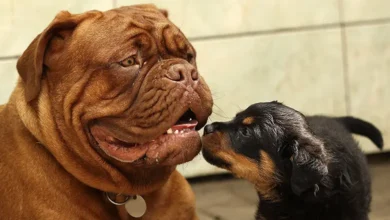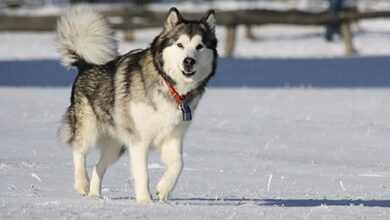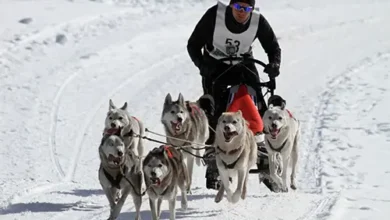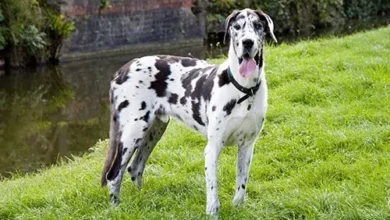Cockapoo Dog Breed
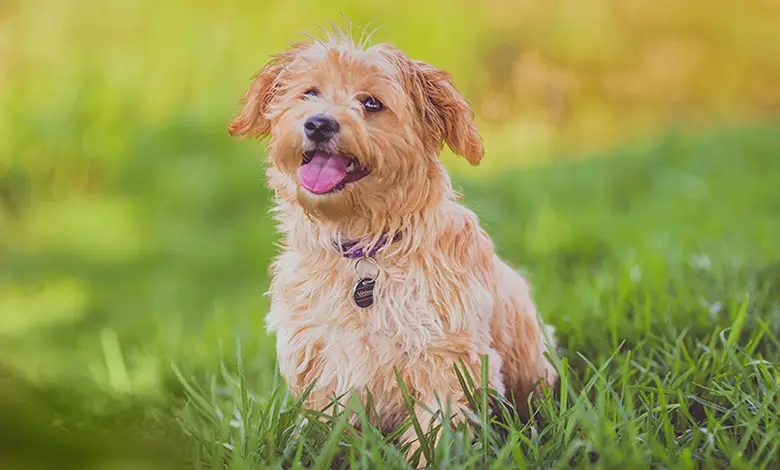

The Cockapoo is, like many other breeds of hybrid dogs, one of the trend crosses of recent years. Their endearing appearance, like that of the Pomsky or Maltype, shows that people are increasingly seeking a partner with personality, regardless of race. Despite this, this particular crossing is indeed very appreciated, the fruit of the result between a standard poodle and a cocker spaniel. Want to know how Cockapoos came about and how they are?
Origin of the Cockapoo
The first recognized Cockapoo specimens were born in the 1950s. They did so in the United States, where they became very popular in a short time. They were beautiful and striking puppies, so they soon arrived in other countries, until they were present all over the world. The breed is not officially recognized by international cynological organisms, which collect it as a hybrid or mestizo race. This fact does not exist as an official standard of the breed, so all individuals resulting from a cross between an English cocker spaniel and a standard poodle can be automatically considered as Cockapoo.
Characteristics of The Cockapoo
Cockapoos are medium-sized dogs, because although there is great variability between some specimens, the average body weight is between 11 and 22 pounds, being his usual height between 10 and 15 inches. They are dogs of great longevity because their average life expectancy ranges between 14 and 18 years.
The appearance of these dogs depends fundamentally on the predominant genetic load in them. In this way, there will be specimens that are almost identical either to a poodle or a cocker spaniel, having for example the square snout of the cocker or the white coat of the poodle. There are also examples in which the balance between both parent breeds is perfect, having characteristics of one and the other in equal measure.
In general, the most uniform characteristic shared by all the specimens is that they are of medium size, with long ears falling on their cheeks, and that their coat is long and wavy. They are also considered one of the ideal dog breeds for people with an allergy to dog hair, as they barely lose hair and are considered hypoallergenic.
The Cockapoo Puppy
Already since puppies, it can be easy to distinguish “to whom has gone out” The Cockapoo, seeing if he resembles a poodle or a cocker. No doubt you can already observe that they are active dogs, although not too nervous, playful, and very cheerful. They are especially affectionate puppies and they love that we are with them all the time, because they are very attached and follow their owners wherever they go. This can mean that when we have to leave and they stay at home we cry and bark a lot, because of the anxiety that this generates, something to which we will pay more attention in the section of training.
Cockapoo Colors
In the absence of an official standard for this hybrid race, all colors of the parent races are “accepted”. Thus, there are puppies, white, black, gray, liver, blond, chocolate, or tuxedo, in addition to the mixtures of 50% between them, being frequently the white black or chocolate, red or blond mixed with white, as well as the roan.
Cockapoo Character
Cockapoos are usually dogs with very good character. They are sociable, extremely affectionate, they love company and attention, intelligent and active. They are popular as therapy and assistance dogs because of their kindness and balanced character.
These are dogs that establish strong ties with their loved ones, not only with people but also with other dogs or pets. This makes them show behaviors that show their love for their owners, such as following them around the house, sitting on their feet, or demanding affection and attention in the most endearing and fun ways.
But, this also makes them not tolerate loneliness, so they are not a good choice if we usually spend a lot of time at work or away from home in general. In these cases, the Cockapoo usually develops problems such as anxiety, depression, or even destructive or aggressive behaviors.
Cockapoo Care
The Cockapoo needs a series of attentions to be in the best condition. The main and most important to be balanced is undoubtedly that we dedicate as much time and affection as possible, so we will have a happy and cheerful pet. In terms of basic care, we must provide them with a balanced diet and adjust to their energy and nutritional needs. Combined with good hydration and daily exercise.
His coat needs to be brushed daily because its length and waviness can otherwise cause knots and tangles that even require us to cut them. After all, they are impossible to undo. Baths can be made from time to time to remove the smell of the hair, as some owners say that otherwise, they can smell.
Cockapoo Education
Cockapoos are extremely intelligent dogs, as well as very attentive, so their training is usually quite bearable. They are good as assistance dogs, something for which they have been trained since the origin of the breed. The coaches emphasize their tenacity, sometimes translated into stubbornness, and predisposition to learn and work.
One factor that can cause us some problems is that being very dependent and loving the company, they can show separation anxiety. This is often accompanied by endless barking and crying. So we must know what separation anxiety is, as well as the different techniques that exist to treat it. One is the use of kong to treat separation anxiety, a technique that has proven to be very effective if performed accurately.
Cockapoo Health
The Cockapoo does not stand out for being one of the hybrid breeds with more health problems, having in general good health. However, they can inherit from both poodles and cockers the tendency to suffer from some congenital diseases.
One of these conditions is the greatest tendency to suffer from ear infections such as otitis. This condition is also painful, and quite dangerous if not treated early, as it can cause permanent deafness. Therefore, if we notice any symptoms that make us suspect that there is an infection in the ear, such as scratching the area more than normal, showing pain, or being restless, we must go to the veterinarian. This can recommend that we do auditory cleaning, using a special product.
Other conditions that may occur are patellar dislocation, inherited from cockers and affects the health of their knees, or eye problems such as progressive retinal atrophy, which is common in poodles. Therefore, we advise making veterinary visits every 6 or 12 months to help us follow proper preventive medicine, perform strict monitoring of the vaccine schedule, and perform regular deworming, both internal and external.
Adopt a Cockapoo
Surely after meeting the Cockapoo, you have come to want to have one in your home. But what do you have to do to adopt a Cockapoo? This can be a headache for many because some did not even know that the race existed, but here we will try to guide you in his adoption.
First of all, it is recommended to go to associations, shelters, and kennels. So we can save a dog from the street and give him a second or third chance because many of them have already passed through several homes and consequent abandonments. These dogs are usually very grateful, it is certainly a good idea to adopt a stray dog because they have infinite love to give.
Although it seems to us that we can not find a Cockapoo in a shelter we surely find various crosses, among them who knows, perhaps some Cockapoo. The key is not to despair and search in several places, we can also ask you to let us know if any enter that responds to our demands.
If you are going to adopt a Cockapoo, either puppy or adult it is vital to take into account their care and requirements. That way we have to be aware that we are dealing with a very dependent dog that can not spend many hours alone. Adopting helps curb animal abandonment and gives another chance to the most disadvantaged, always resorting to responsible and consistent adoption.


